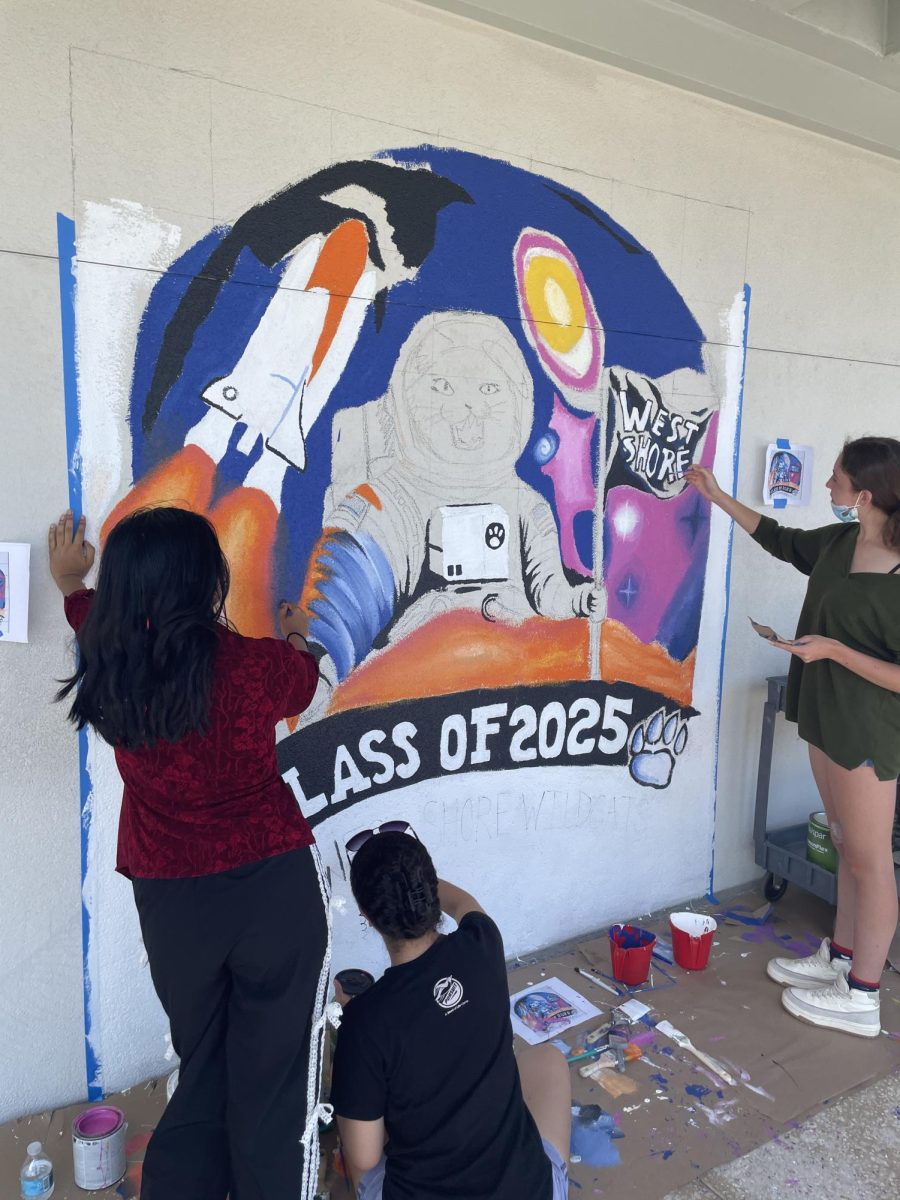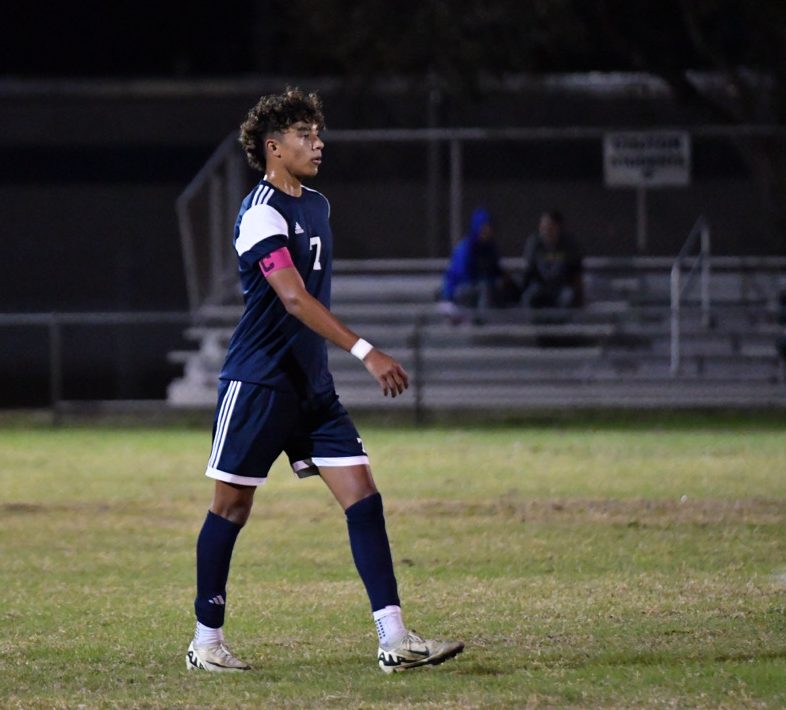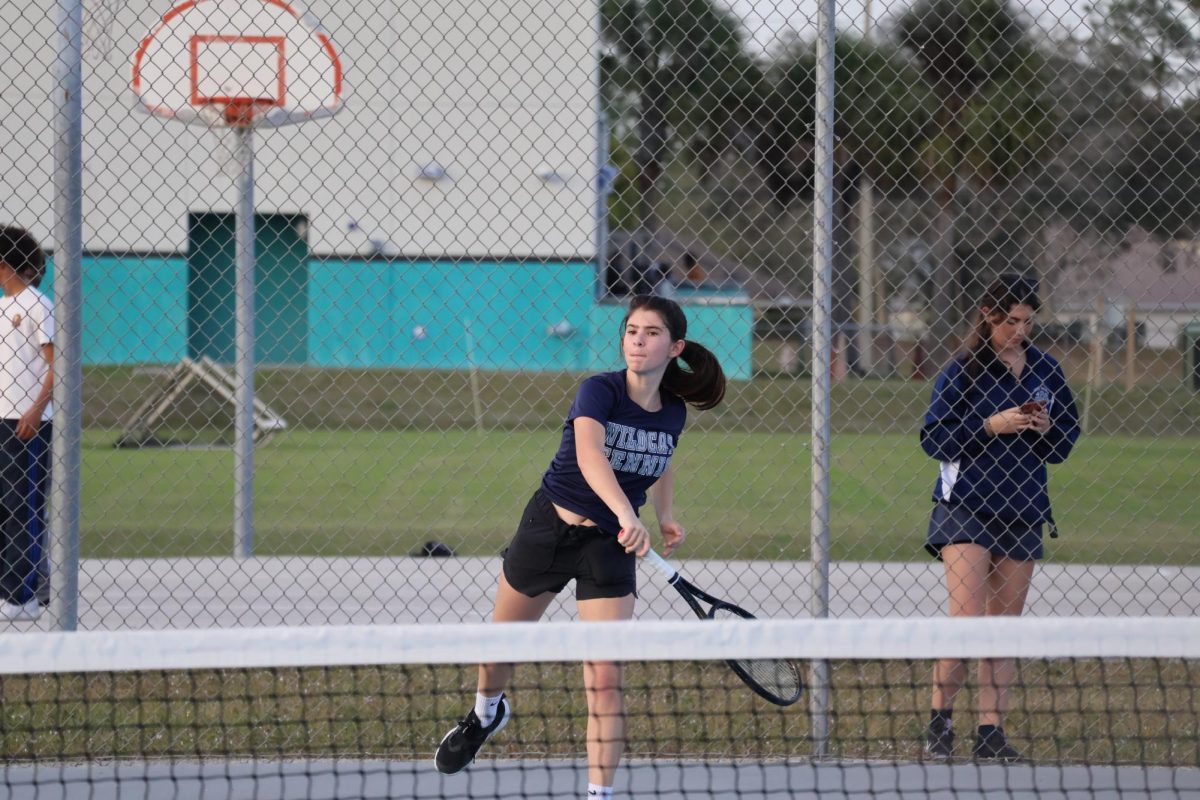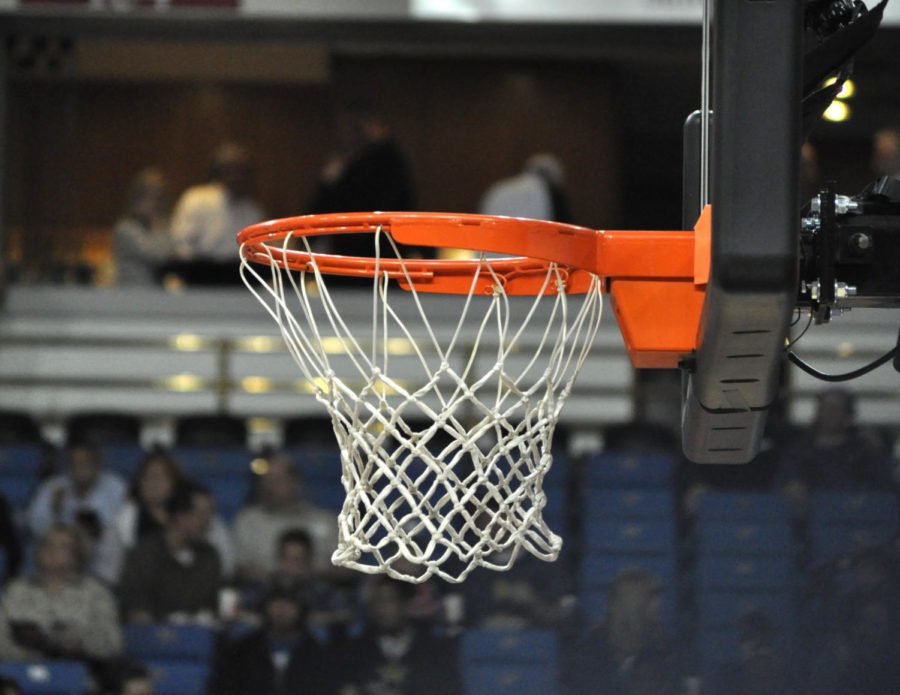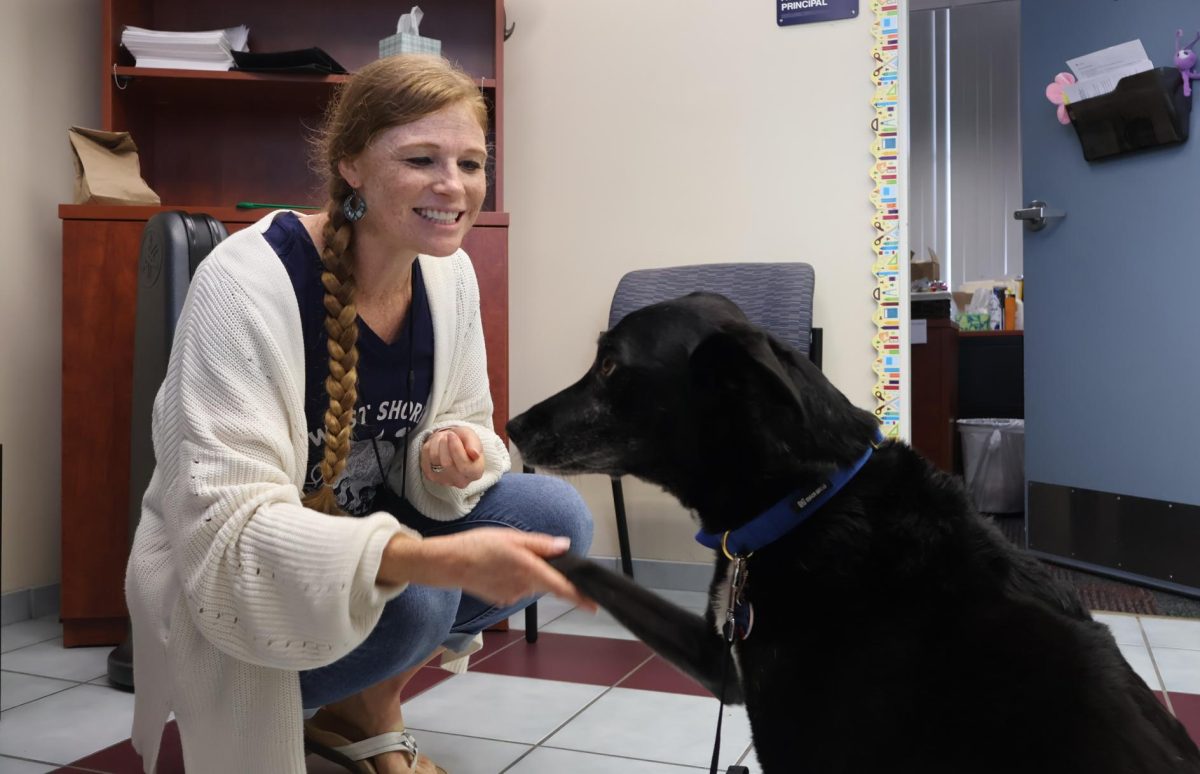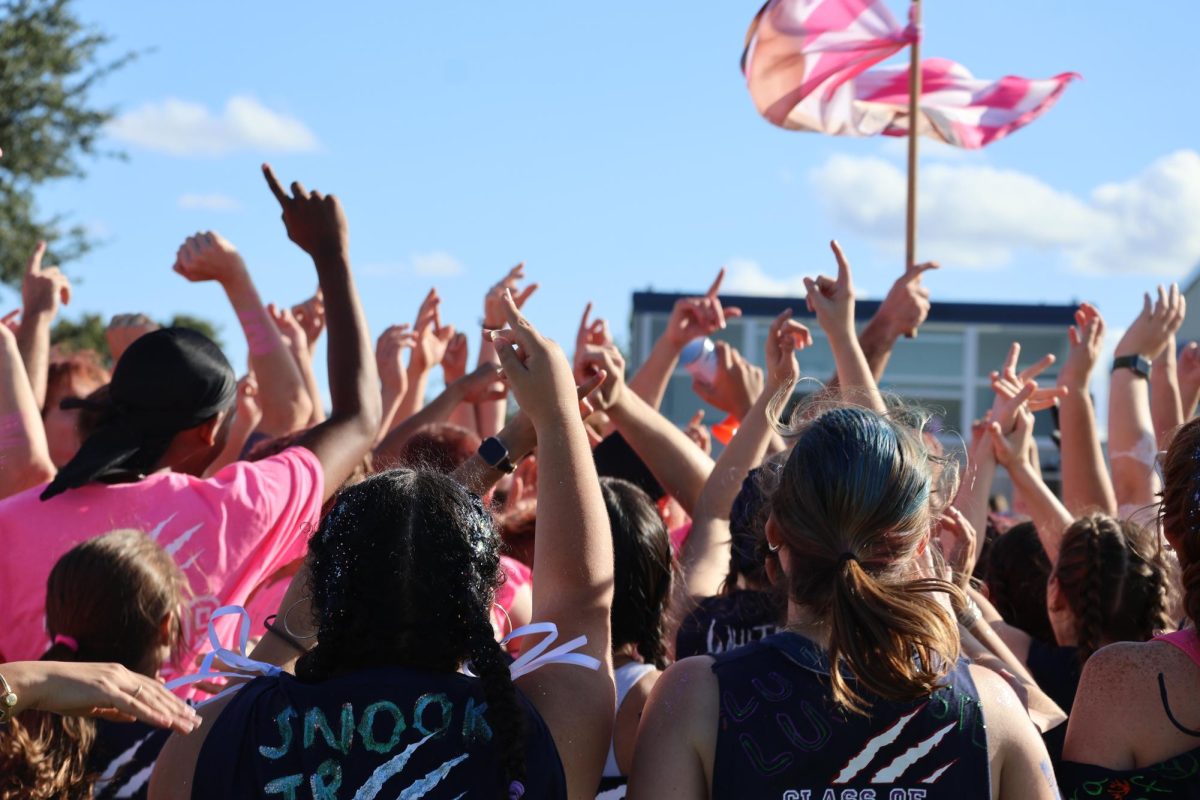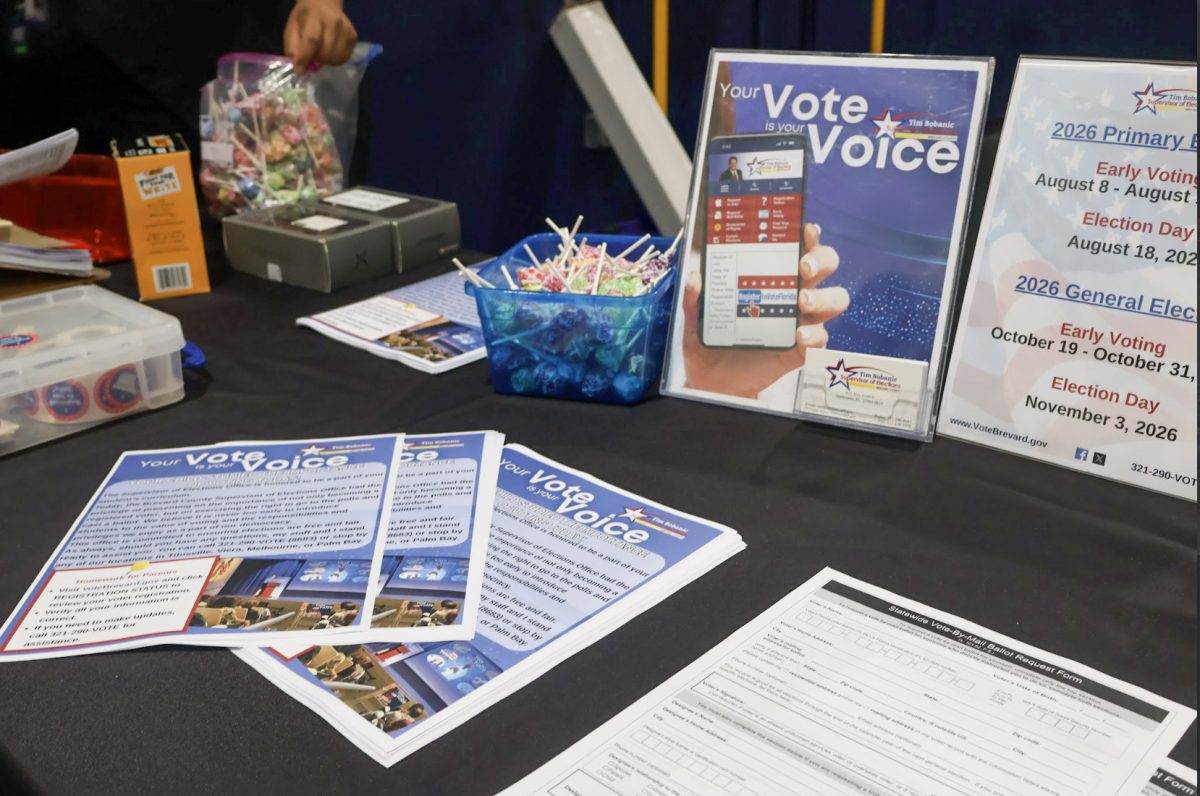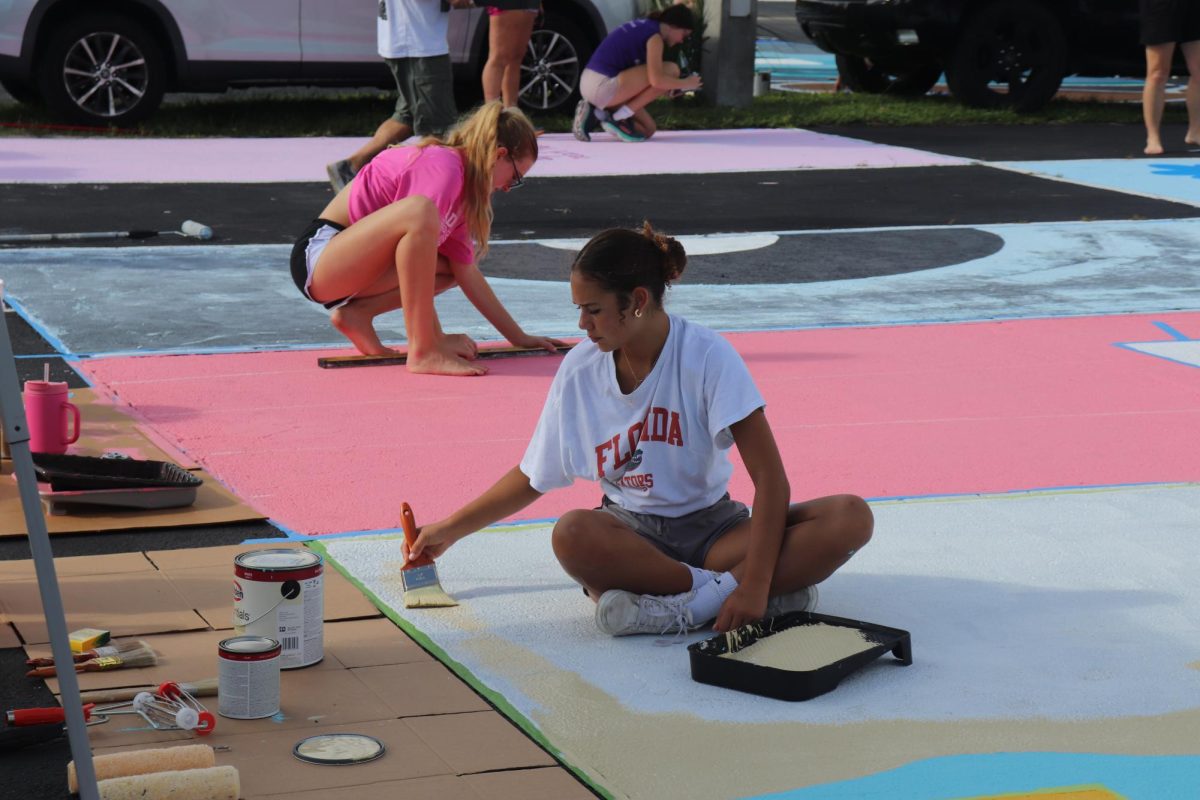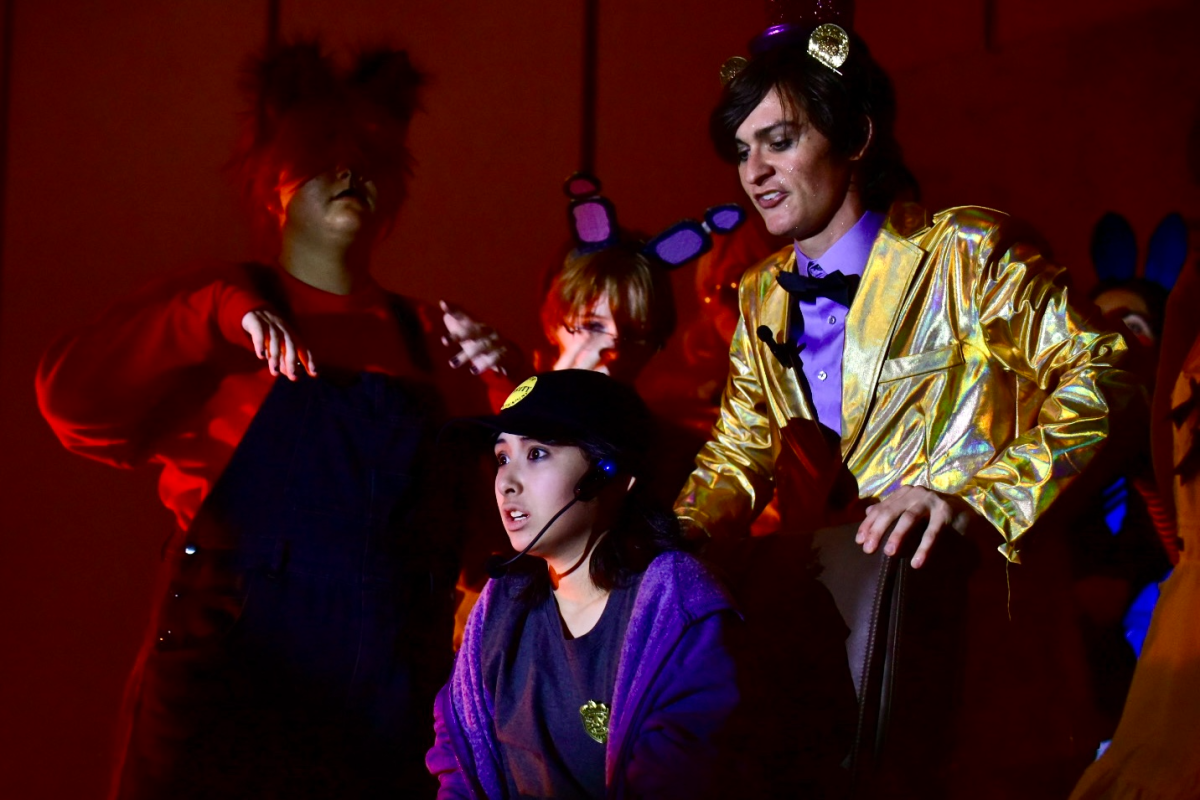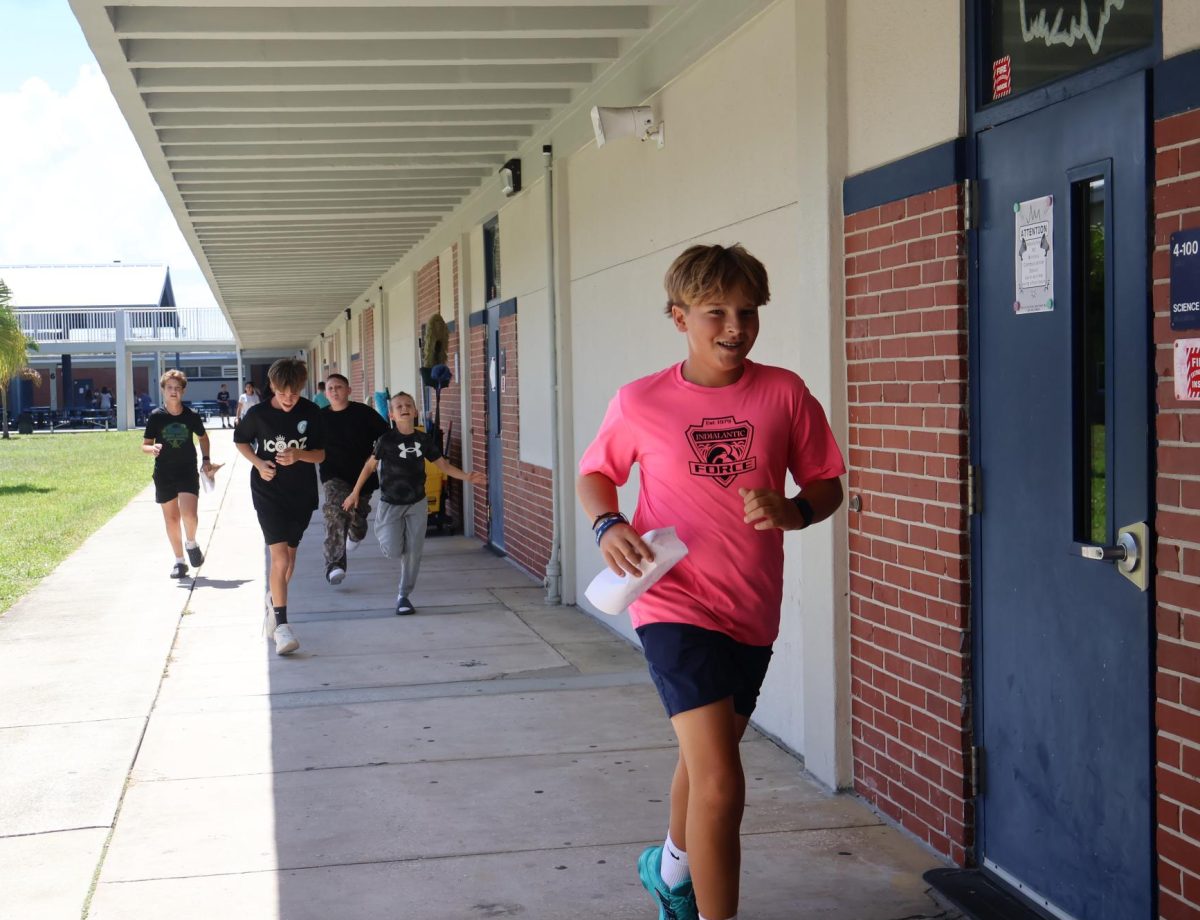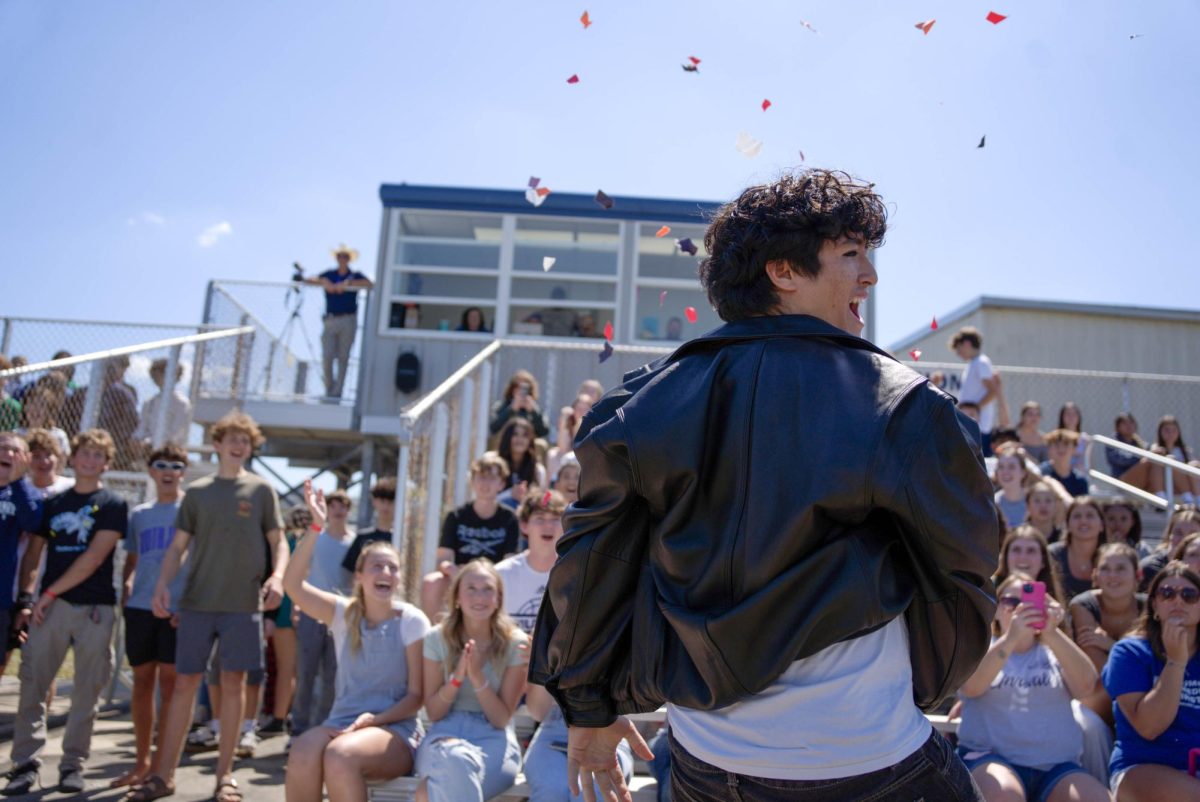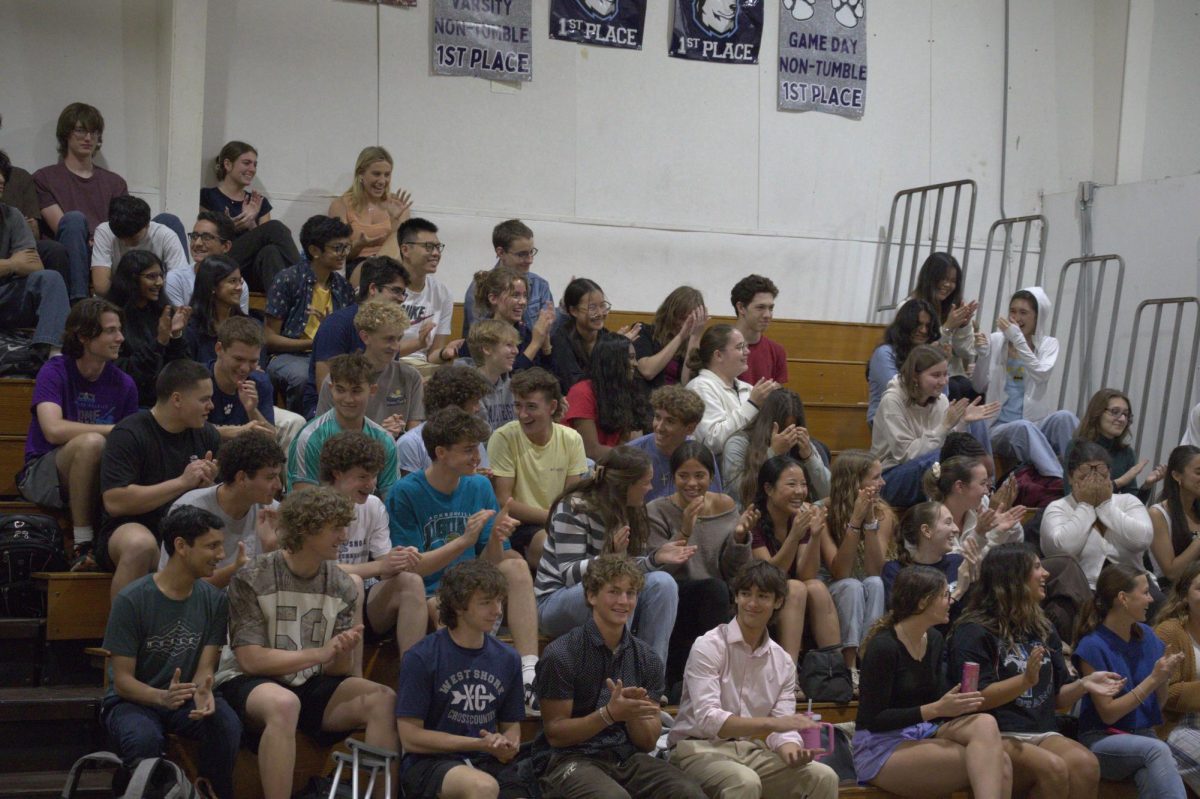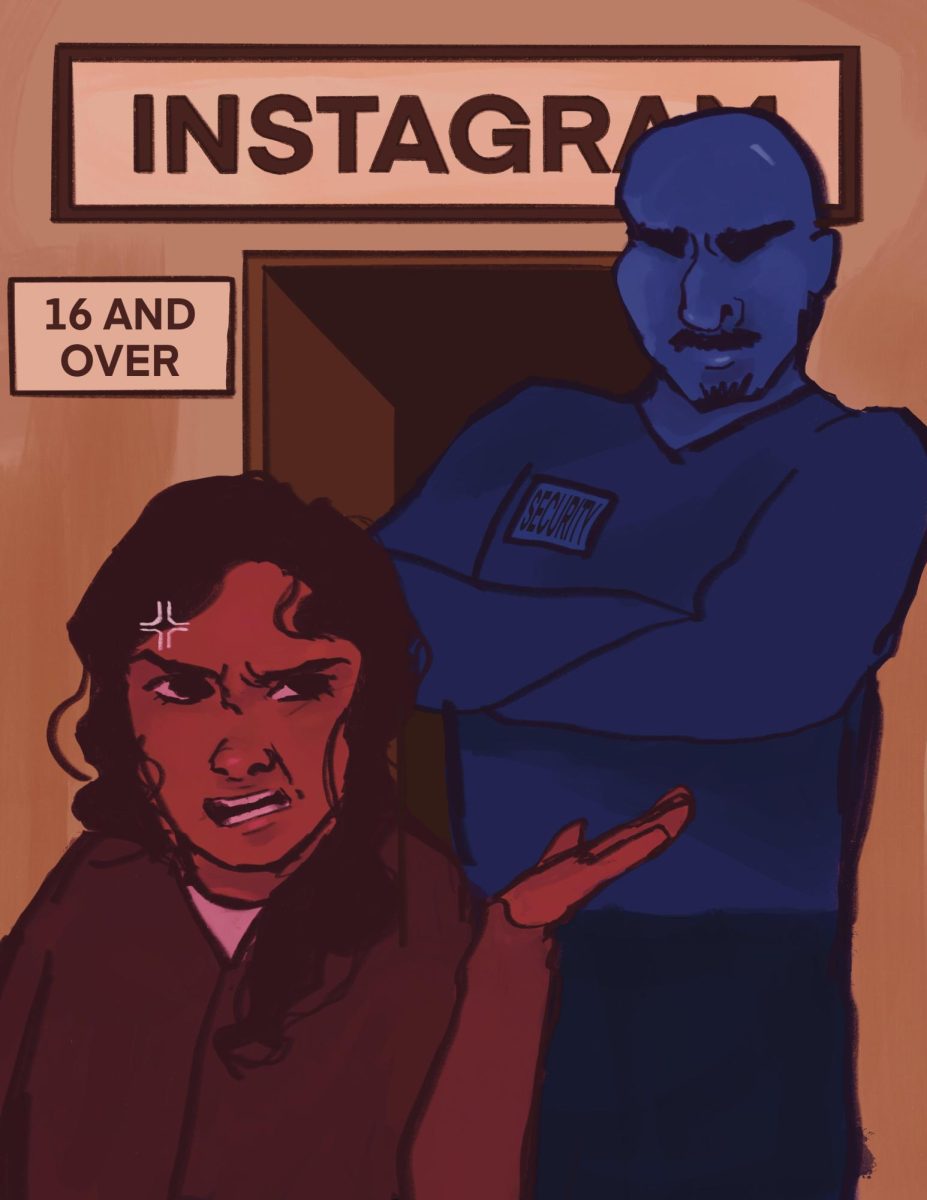Water-powered A/C unit apart of new facility updates
October 8, 2018
Imagine it being so hot in a classroom that opening the windows and doors to the Florida heat actually improves the temperature. This is exactly what freshman Alex Spak has become accustomed to dealing with. “It just got so hot some days she [Career Research teacher Heather Da Silva] would open the doors and windows and let the breeze in,” he said.
And West Shore students are not alone.
According to Spectrum News 13, concerned teachers, students and parents are taking to social media, with one post describing a Veria High classroom unit reaching 104 degrees. West Shore has seen its fair share of air-conditioning breakdowns, but this may not be the case going forward.
The school has recently received the go-ahead and funding to begin work on an overhaul of the air-conditioning system. While students were away on summer break, the administration consulted with contractors and companies qualified to bid for work on the project.
The new system will be water-chilled, which Assistant Principal Catherine Halbuer described as a more cost-effective alternative that will recover the upfront cost through energy savings alone. Additionally, the life expectancy of water-cooled air-conditioning systems is 25 years, more than double that of air-cooled systems that are currently in place on campus.
Construction began a few weeks before the school year began, after an extensive process of selecting a contractor and negotiating a price to ensure the best use of funding from the half-cent sales surtax put into effect by voters in 2015.
Currently construction is still ongoing throughout the campus and students can see evidence of the ongoing work in the holes and exposed pipes between buildings 2 and 3, and 3 and 4.
The installation process has been split into two phases, the first of which is scheduled to be completed around December, and includes installing supply and return pipes as well as connecting the auditorium, gym, locker rooms and cafeteria to the chillers. Second semester should entail connecting building 2, and the upstairs of buildings 3 and 4. Buildings that recently received air-conditioning upgrades, including the downstairs of buildings 3 and 4 and building 10, will be added into the system when their units fail in approximately 10 years.
Halbuer said scheduling isn’t finalized, and can’t guarantee that installation will not interrupt classes. “Things are still changing, so we are going to have to wait and see,” she said.
Despite all of this, junior Shea Ix said he hopes to have a better experience with the new, more reliable AC. “It was hard to [get work done] because it was hotter inside than it was outside,” he said.

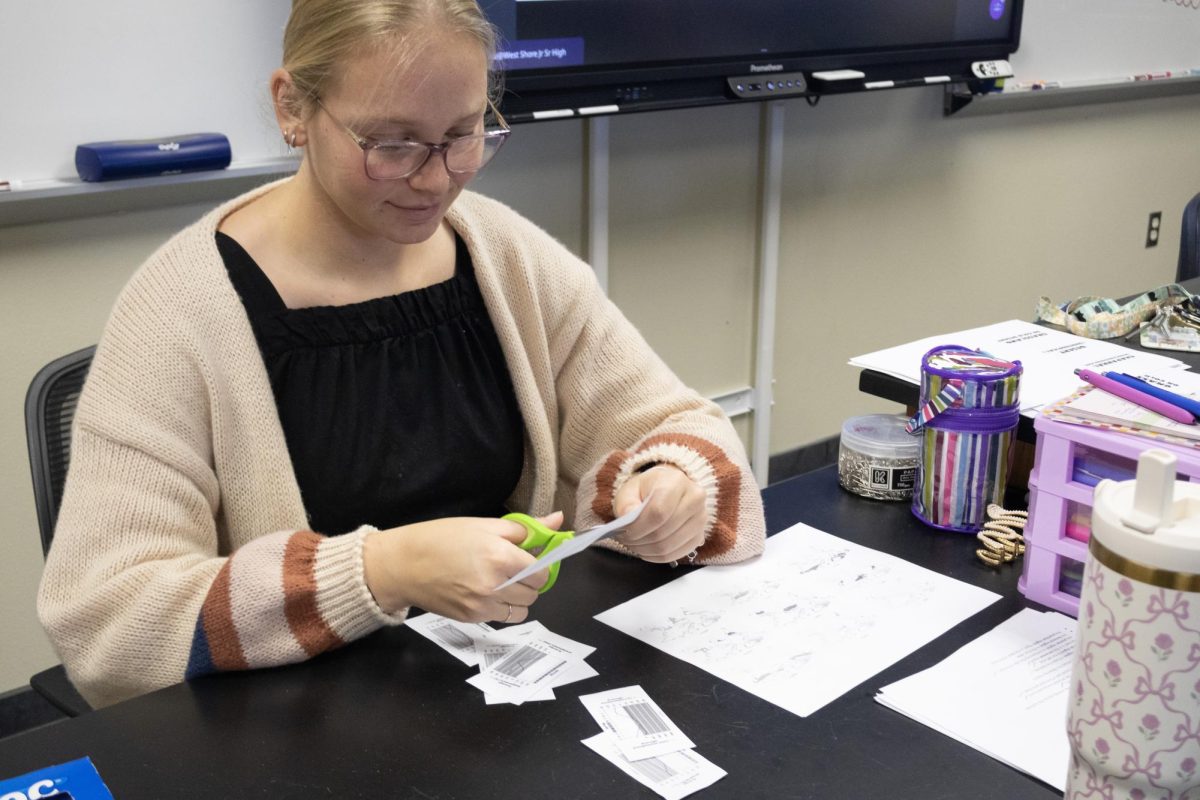
![Sophomore Isabelle Gaudry walks through the metal detector, monitored by School Resource Officer Valerie Butler, on Aug. 13. “I think [the students have] been adjusting really well," Butler said. "We've had no issues, no snafus. Everything's been running smoothly, and we've been getting kids to class on time.”](https://westshoreroar.com/wp-content/uploads/2025/08/IMG_9979-1200x800.jpg)
